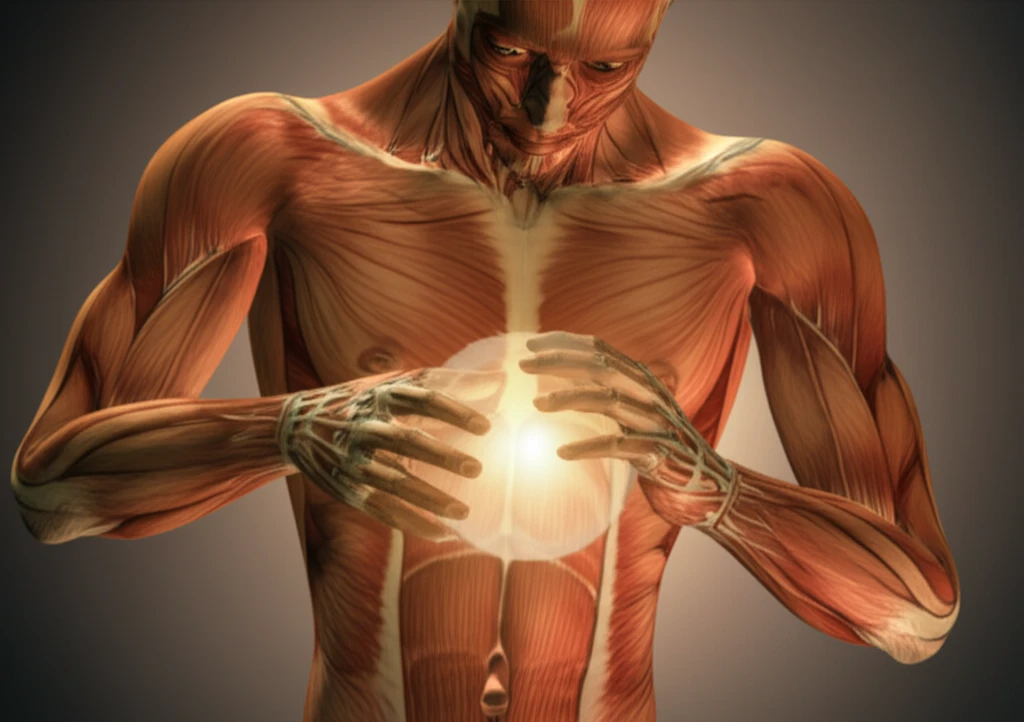
Beyond Pills: Exploring Innovative Pain Management Strategies for Musculoskeletal Conditions
"Are NSAIDs the Only Answer? Discover modern approaches to musculoskeletal pain relief, balancing effectiveness with safety in this detailed guide."
Musculoskeletal disorders, encompassing a wide range of conditions from back pain to arthritis, significantly impact quality of life and contribute to a growing burden on the healthcare system. Managing the pain associated with these conditions often involves nonsteroidal anti-inflammatory drugs (NSAIDs), a class of medications widely used for their analgesic and anti-inflammatory properties.
However, the landscape of pain management is constantly evolving. Recent evidence sheds light on the potential risks associated with NSAIDs, including gastrointestinal and cardiovascular complications. This has fueled the need for safer and more effective strategies to alleviate musculoskeletal pain.
This article explores current challenges and innovative solutions in musculoskeletal pain management. From understanding the risks and benefits of NSAIDs to investigating new drug formulations and non-pharmacological approaches, this guide provides a comprehensive overview for individuals seeking a balanced and informed approach to pain relief.
Understanding the Musculoskeletal Pain Puzzle

Musculoskeletal pain isn't just one thing; it's a broad category covering pain in your muscles, bones, joints, nerves, tendons, and cartilage. Common culprits include:
- Joint diseases: Osteoarthritis and rheumatoid arthritis
- Back and neck pain: A common complaint, often stemming from posture or injury.
- Soft tissue rheumatism: Tendinitis, bursitis, and myofascial pain
- Injuries: Sports mishaps, workplace incidents, and motor vehicle accidents
The Future of Pain Relief is Here
The world of pain management is shifting. With growing awareness of NSAID risks, research is focused on innovative solutions for musculoskeletal pain.
These advancements, along with lifestyle adjustments and non-pharmacological therapies, are creating a future of balanced pain management, where effectiveness and safety go hand-in-hand.
Whether you're seeking to minimize reliance on medication or explore the latest treatment options, this knowledge empowers you to make informed choices and take control of your well-being.
